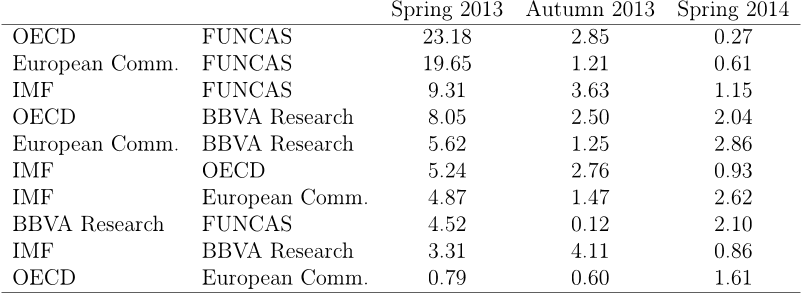Abstract: Linear algebra and matrix theory are fundamental tools in mathematical and physical science, as well as fertile fields for research. This new edition of the acclaimed text presents results of both classic and recent matrix analyses using canonical forms as a unifying theme, and demonstrates their importance in a variety of applications. The authors have thoroughly revised, updated, and expanded on the first edition. The book opens with an extended summary of useful concepts and facts and includes numerous new topics and features, such as: - New sections on the singular value and CS decompositions - New applications of the Jordan canonical form - A new section on the Weyr canonical form - Expanded treatments of inverse problems and of block matrices - A central role for the Von Neumann trace theorem - A new appendix with a modern list of canonical forms for a pair of Hermitian matrices and for a symmetric-skew symmetric pair - Expanded index with more than 3,500 entries for easy reference - More than 1,100 problems and exercises, many with hints, to reinforce understanding and develop auxiliary themes such as finite-dimensional quantum systems, the compound and adjugate matrices, and the Loewner ellipsoid - A new appendix provides a collection of problem-solving hints.








